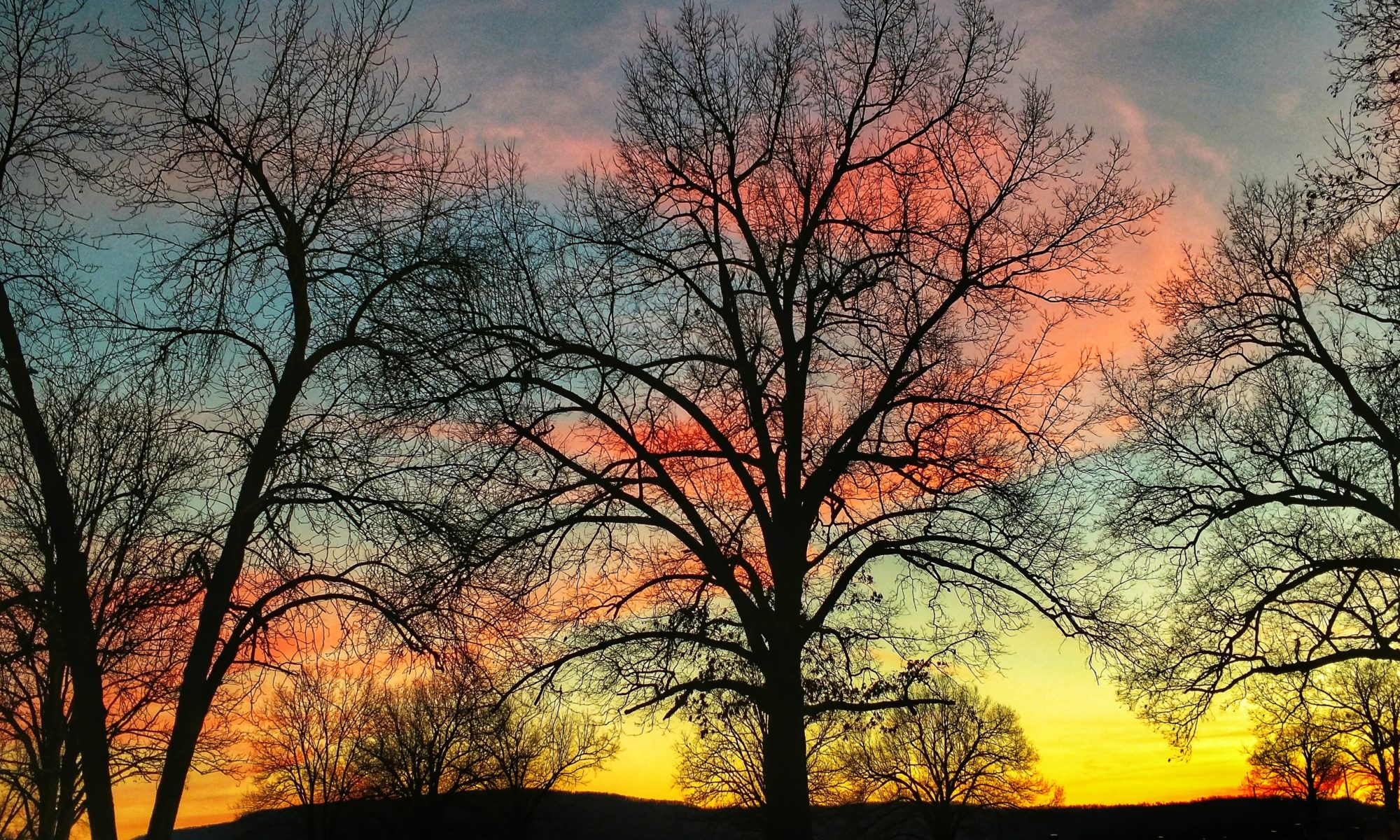
This past week, I had an appointment in Little Rock, Arkansas. As soon it was over, I headed to The Old Mill in North Little Rock to walk around, relax, and take a few pictures before starting the drive home. I first visited the Mill in the early 1980’s, when my step-grandpa drove our family over to see the beautiful spot. I was instantly enchanted! I had been by the turn to the Old Mill countless times, but I had never noticed the sign directing me to this peaceful hidden valley tucked quietly away just a mile and a half from McCain Mall’s busy shopping area. In fact, this lovely, tranquil spot is located only five miles from the bustling Arkansas State Capitol complex. How unique is that?

I love finding beautiful or historic or interesting spots to explore. Wherever you are, there are so many things to see and do – and many of them cost nothing but your time! To me, summertime – the time of year when the days are longer and sometimes a little more relaxed – is a perfect time for road trips!
When I was a child, Sunday afternoons typically meant Sunday drives. After church and then lunch (we called it dinner in the American South), we would settle into the car and spend the afternoon driving around to “see the countryside”. I love the memory of those pleasant drives – learning new roads, seeing new things, and revisiting favorite spots. It is a practice I continue, in some ways, to this day. Who knows what hidden gems can be discovered in just a 50-mile radius of our homes or travel destinations! Every place has a story. Whenever I travel anywhere – even for business or appointments, I try to find something to do to make the trip FUN. It’s something I learned from my Mother years ago. When I was a kid, I didn’t like being cooped up in the car on a long drive – so Mother and Daddy would play the billboard alphabet game with me…or Auto Bingo…or find a good spot where we could stop and go wading together – whatever they could do to make the day enjoyable. Now, whenever I travel – I am thinking about somewhere I can stop or something I can see that will bring joy to my day.
If you’ve been to the North Little Rock area and never seen The Old Mill, I encourage you to check it out on your next trip. It’s worth your time to stop by. Built in 1933, the Old Mill building was never intended to be a working grist mill. It was instead built as a tribute to remember the days of old – when grist mills were a gathering point for communities, providing services needed for settlers’ survival. Inside the rock building is an authentic iron grist mill moved to North Little Rock from the long-gone Cagle’s Mill in Pope County, Arkansas. (Cagle’s Mill operated in the 1800’s between Russellville, Arkansas and Dardenelle, Arkansas – located about where the Dardanelle Lock and Dam is now. If you’re interested – click here to see a picture of the Old Mill from the Pope County Library. A long-time Russellville restaurant is named in its honor.)


The park surrounding the mill, Pugh’s Memorial Park, is beautifully landscaped and maintained. Walking trails go down by the lake and climb the slope behind the Mill. Beautiful bridges, benches, and footpaths, sculpted from a sturdy concrete-like substance to look as if they are made from wood, are found all over the park. They are remarkably detailed and very well preserved – despite the fact that they are over 80 years old. According to the information sign displayed near the park entrance, developer Justin Matthews commissioned Dionicio Rodriguez, to create the remarkable works of art. His sculptures have survived to this day, and they are spectacular to see. No one knows the formula Senor Rodriguez developed to create the material for his works, though many have tried to figure it out. He preferred to keep it secret and hid the process from everyone – making it unfortunately now lost forever.



The Old Mill brought long-lasting notoriety to the state of Arkansas only a few years after it was completed. Director David O. Selznick featured the location in the opening credits of the 1939 Academy award-winning movie Gone With the Wind. No one knows why the location was chosen, but the Old Mill building is believed to be the only surviving structure of the movie. The Arkansas location was the site of the national unveiling of a postage stamp commemorating the fiftieth anniversary of Gone With the Wind.


It was a humid, blisteringly hot afternoon when I drove over to Lakeshore Drive this week – but when I walked into the park I forgot all about the heat. It is such a beautiful, peaceful spot. I was instantly, once again, enchanted. If you’re passing through the Little Rock metropolitan area and have an extra half-hour or so, please consider driving to The OId Mill at 3800 Lakeshore Drive in North Little Rock. I really think you’ll be glad you did! Wear your walking shoes, take your camera, or a book to read, or an iced tea to sip – and spend a few minutes enjoying the lovely serenity of the park.
I hope you enjoy the pictures! I definitely had fun taking them to share with you!



































